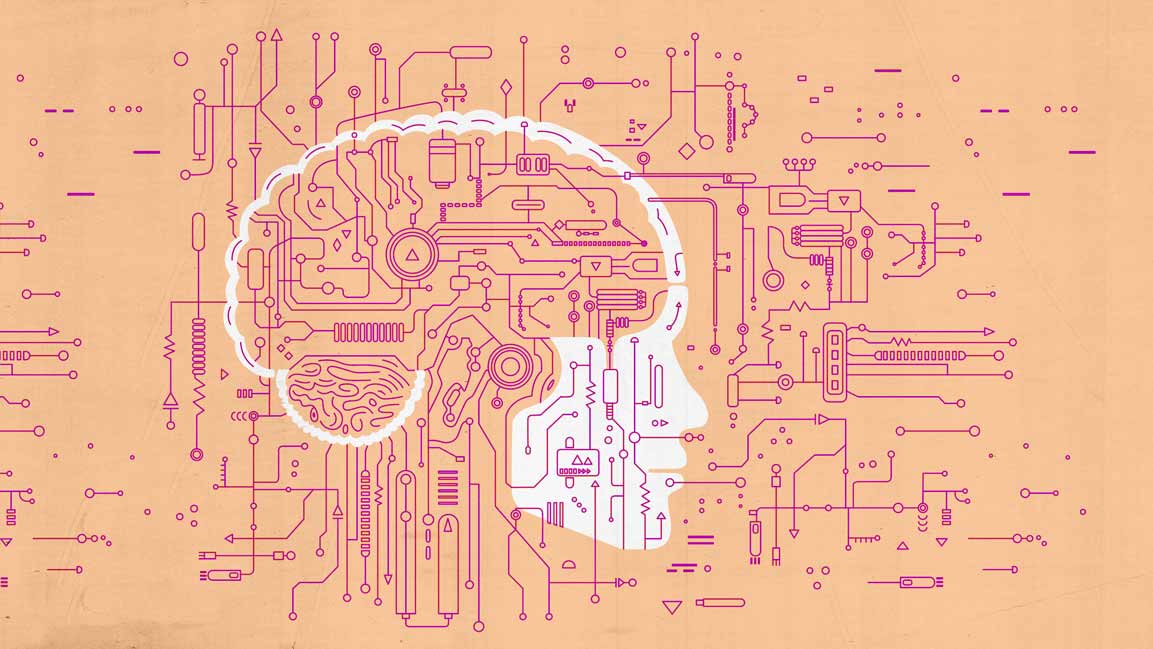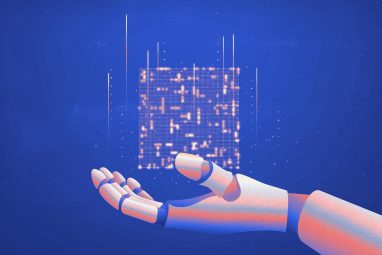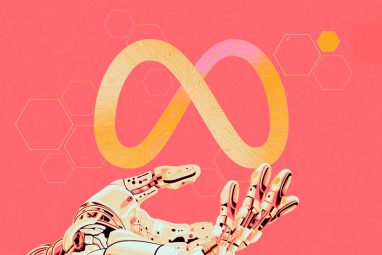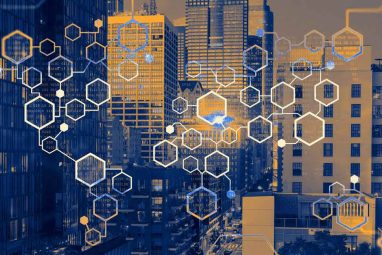Why Every Autonomous System Should Be Forged in Competition
Autonomous intelligence is blurring the lines between AI and racing to redefine resilient innovation.
News
- Uber and WeRide Launch First Driverless Robotaxi Service Outside the U.S. and China
- UAE Unveils Its First Marketplace for Buying and Trading Trademarks
- ACI Flags Sharp Rise in ‘Friendly Fraud’ as Thanksgiving–Cyber Monday Spike Looms
- WhatsApp’s AI Clampdown to Send Microsoft Copilot Packing by Jan 2026
- Salesforce Adds Arabic to Agentforce to Meet the Demand for AI Systems
- Saudi Arabia’s CEOs Top the Charts on Confidence and AI Readiness, KPMG Reports

[Image source: Chetan Jha/MITSMR Middle East]
On 15 November 2025, at Yas Marina Circuit in Abu Dhabi, the lights will go out again—but not for Formula One. Instead, a fleet of driverless supercars will push the boundaries of AI and robotics in the Abu Dhabi Autonomous Racing League (A2RL), now entering its highly anticipated second season.
With a $2.25 million prize pool, the debut of the EAV-25 autonomous racecar, and 11 teams from 10 countries, A2RL has evolved from a bold idea into a serious engine of technological transformation, one that’s not just shaping the future of mobility, but redefining how we build and trust autonomous systems.
At the heart of this initiative is ASPIRE, the innovation accelerator arm of the Advanced Technology Research Council (ATRC) of Abu Dhabi, whose model of challenge-driven R&D is accelerating innovation at a pace traditional labs struggle to match.
The central thesis is bold and compelling: To build autonomous systems for the real world, we should forge them in competition: under pressure, at speed, with no margin for error.
The Fast Lane to Resilience
In conventional R&D, AI systems are built and tested incrementally—safe, slow, and controlled. But autonomy doesn’t exist in a vacuum. Whether on roads, in factories, or in urban airspace, intelligent machines must operate in high-pressure, unpredictable environments.
A2RL was designed to mimic those conditions.
“Traditional R&D environments tend to be controlled and incremental,” says Stephane Timpano, CEO of ASPIRE and A2RL. “A2RL flips that by placing AI into a dynamic, high-risk setting where milliseconds matter. On the SF23 platform, an algorithm has to decide whether to brake, overtake, or recover from a skid faster than any human could. That exposes edge cases you’ll never find on a test track.”
The insights aren’t just academic. In April 2025, during the A2RL Drone Championship in Abu Dhabi, an AI-powered drone outpaced a world-champion pilot in a head-to-head showdown. That human-vs-machine victory, achieved using only onboard compute and a single forward-facing camera, offered a world-first validation that A2RL’s philosophy delivers results under real race conditions.
A2RL’s latest upgrade, the EAV-25, developed from the Super Formula SF23 chassis, integrates safety redundancies, improved braking systems, and refined sensor fusion to set a new benchmark in autonomous racing, and applications in the real world are countless.
Timpano adds, “While we’re still early in the journey, the knowledge gained here is shaping how autonomy might one day operate across roads, skies, seas and factories.”
Sim Sprint: Engineering the Unthinkable
This year, A2RL extends its innovation cycle with Sim Sprint, a global virtual racing league designed to simulate the rare and risky scenarios that define AI robustness.
“In the Sim Sprint, our focus is on the ‘known unknowns’ of autonomy,” says Alexander Winkler, Head of Sporting at A2RL. “These include multi-vehicle collision avoidance, sudden GPS-denied navigation, and operating under sensor strain like low visibility or distorted signals. They’re not everyday situations, but when they occur, they determine whether an autonomous system can be trusted.”
“The new Sim-Sprint series expands A2RL into a full development ecosystem, enabling teams to refine their AI continuously in simulation before competing on track.”
By recreating these edge cases in a virtual environment, A2RL gives teams a safe but challenging playground to iterate and adapt their algorithms, accelerating development without the high cost or risk of physical failure.
“The goal,” Winkler emphasizes, “is not just faster AI, but more resilient AI—the kind that can inform the future of mobility and logistics, where safety is non-negotiable.”
When AI Teaches the Engineers
Beyond resilience, A2RL is also reshaping how we understand performance itself. The league’s telemetry and analytics systems offer deep insights into how AI interprets vehicle dynamics, sometimes in ways that surprise even the experts.
Each lap at Yas Marina generates roughly 200GB of raw telemetry and sensor data, equivalent to entire research datasets in other domains, making A2RL one of the richest sources of real-world AI training data globally.
“We’ve seen the AI interpret race conditions in ways that experienced drivers find unexpected,” Winkler reveals. “One example is how it manages grip and slip: while a human instinctively lifts off the throttle when the car feels unstable, the AI may hold or even increase throttle, having calculated that traction will return within milliseconds.”
Even overtaking lines are being reimagined. “The AI plots moves that human drivers would dismiss using micro-adjustments in steering and acceleration to exploit gaps that seem invisible from the cockpit.”
These behaviors are not just interesting, they’re instructive. They’re helping engineers rethink mechanical setups, control systems, and even the way predictive models are built.
“That ability to combine live sensor data with environmental conditions like temperature or track moisture,” Winkler says, “is where AI will eventually have a strategic edge. It’s not just reaction, it’s prediction, fused with control.”
From Challenge to National Capability
ASPIRE’s approach, leveraging open competition to fast-track innovation, has quickly positioned A2RL as a global model for applied autonomy development.
“At ASPIRE, we don’t treat autonomy as a lab exercise,” Timpano explains. “Our model is to take real-world problem statements and turn them into global challenges where the best minds compete to solve them. That creates pressure-tested innovation.”
And crucially, it’s not innovation in isolation.
“A2RL is more than a spectacle,” Timpano says. “It’s a platform where the data, algorithms, and technologies generated feed directly into Abu Dhabi’s industrial ecosystem, from mobility to logistics and smart cities. We’re collapsing the gap between science, sport, and society.”
Global Talent, Local Impact
With elite research teams from 10 countries, including newcomers from France and Japan, A2RL is growing not only as a competition but as a collaborative innovation ecosystem.
Its year-round format, including the Sim Sprint and talent development programs like Sim Academy, provides a structured pathway for developers, engineers, and even fans to contribute to the advancement of AI.
“By combining the physical thrill of racing with the precision of virtual testing,” says Timpano, “we’re enabling the world’s best minds to push the boundaries of AI. This is challenge-driven innovation, engineered at speed and scale.”
Designed to Win, Built to Last
In a world that increasingly relies on machines to make decisions, resilience is non-negotiable and that resilience must be engineered, tested, and earned.
What A2RL proves is that racing isn’t just entertainment, it’s the fastest way to build the future of safe, scalable, real-time autonomy.
The systems that learn to survive at 300 km/h, in rain or dust, with no room for error, are the same systems we’ll trust to drive our vehicles, deliver our goods, fly our drones, and respond to our emergencies.
Every autonomous system should be forged in competition: tested under pressure, validated in public, and engineered for trust, because these are the standards the world will one day rely on.





